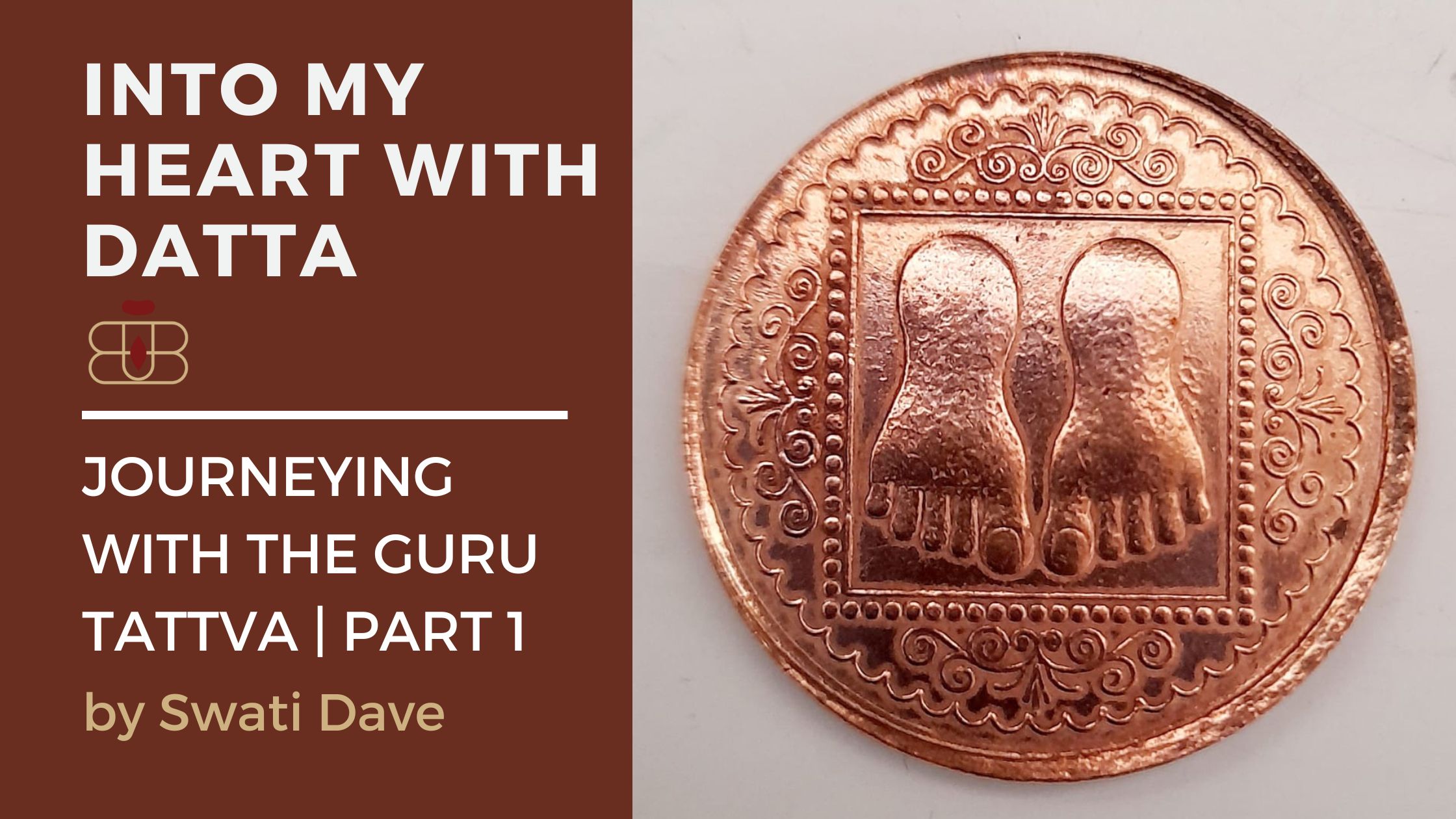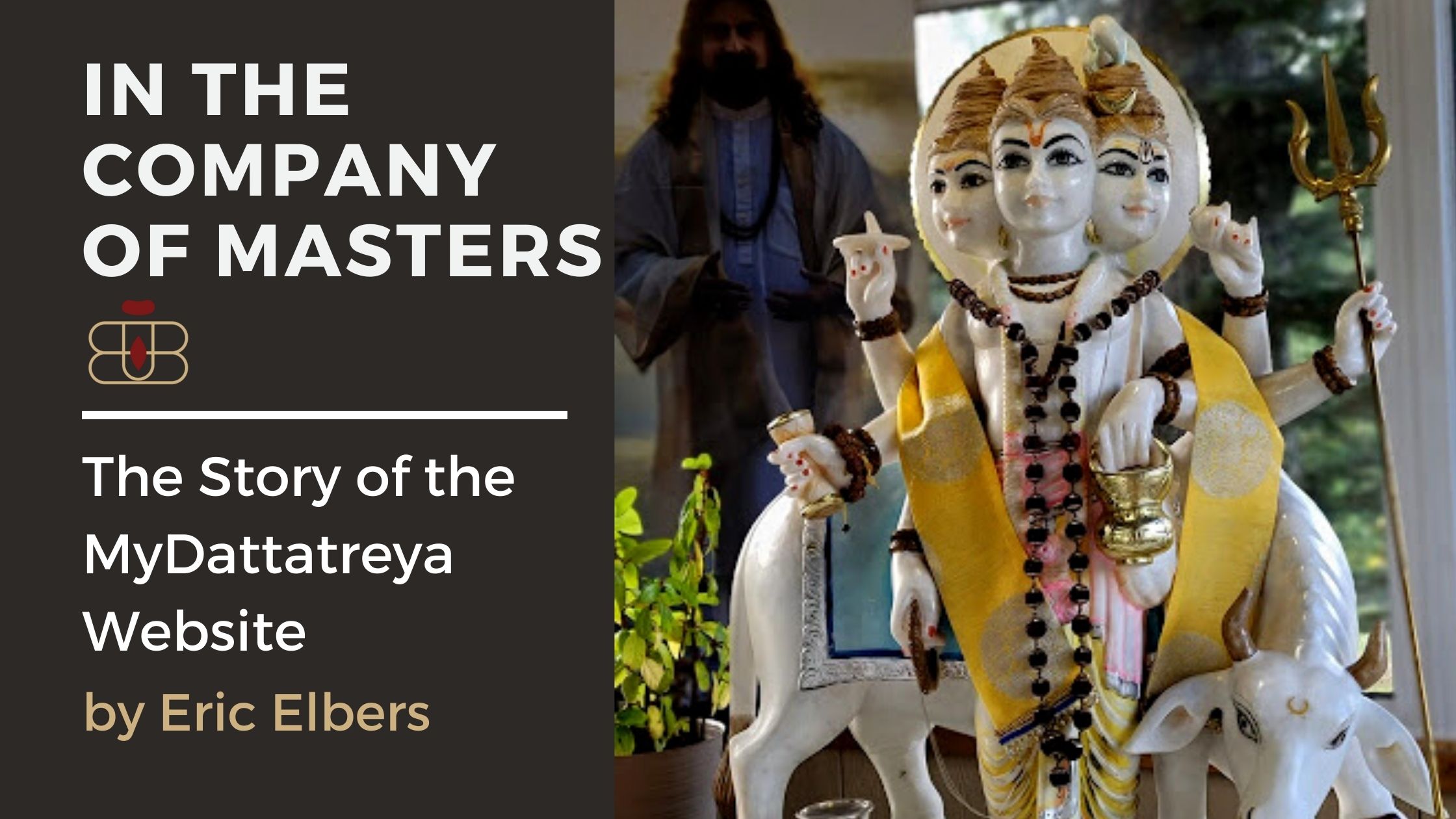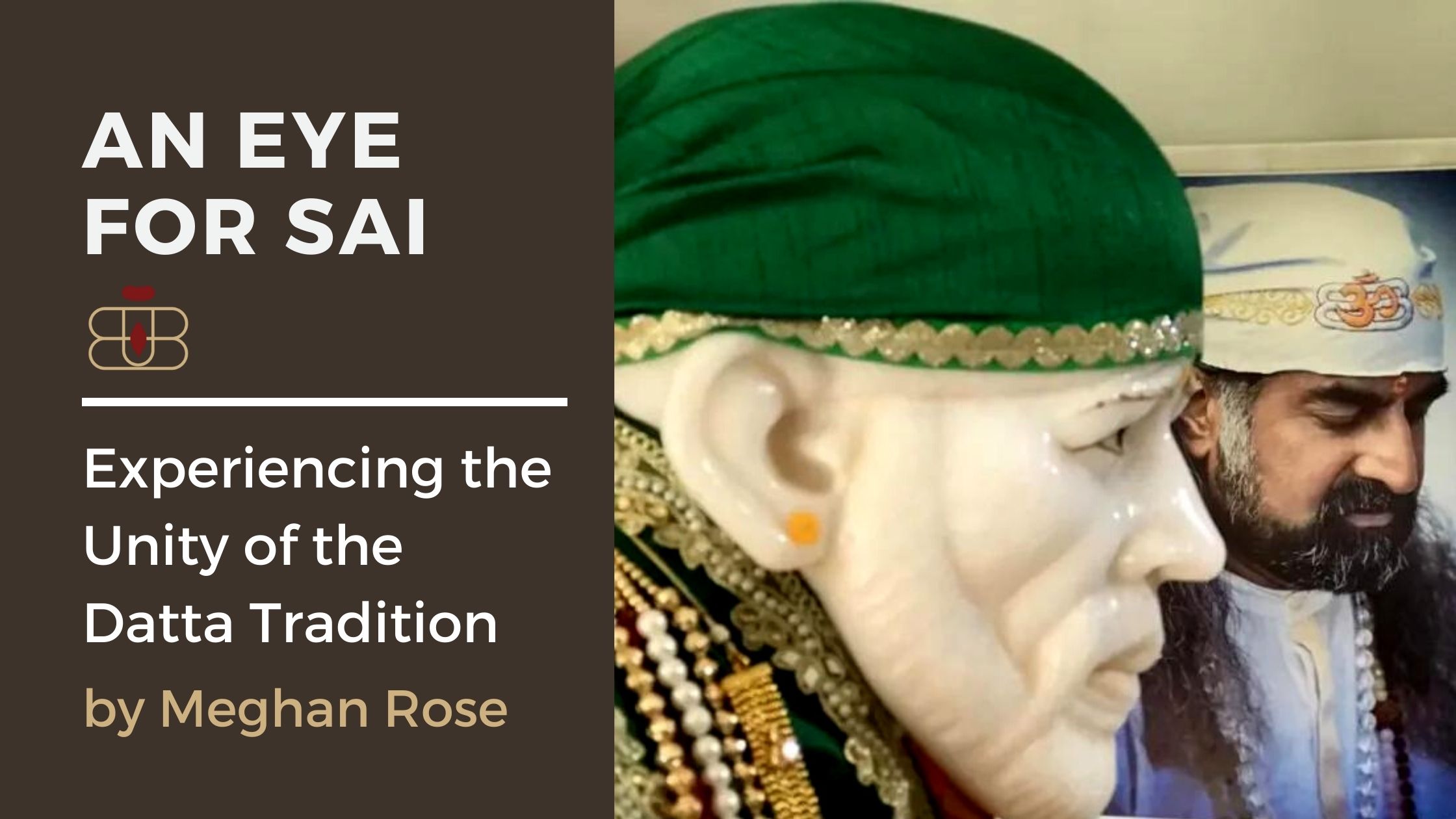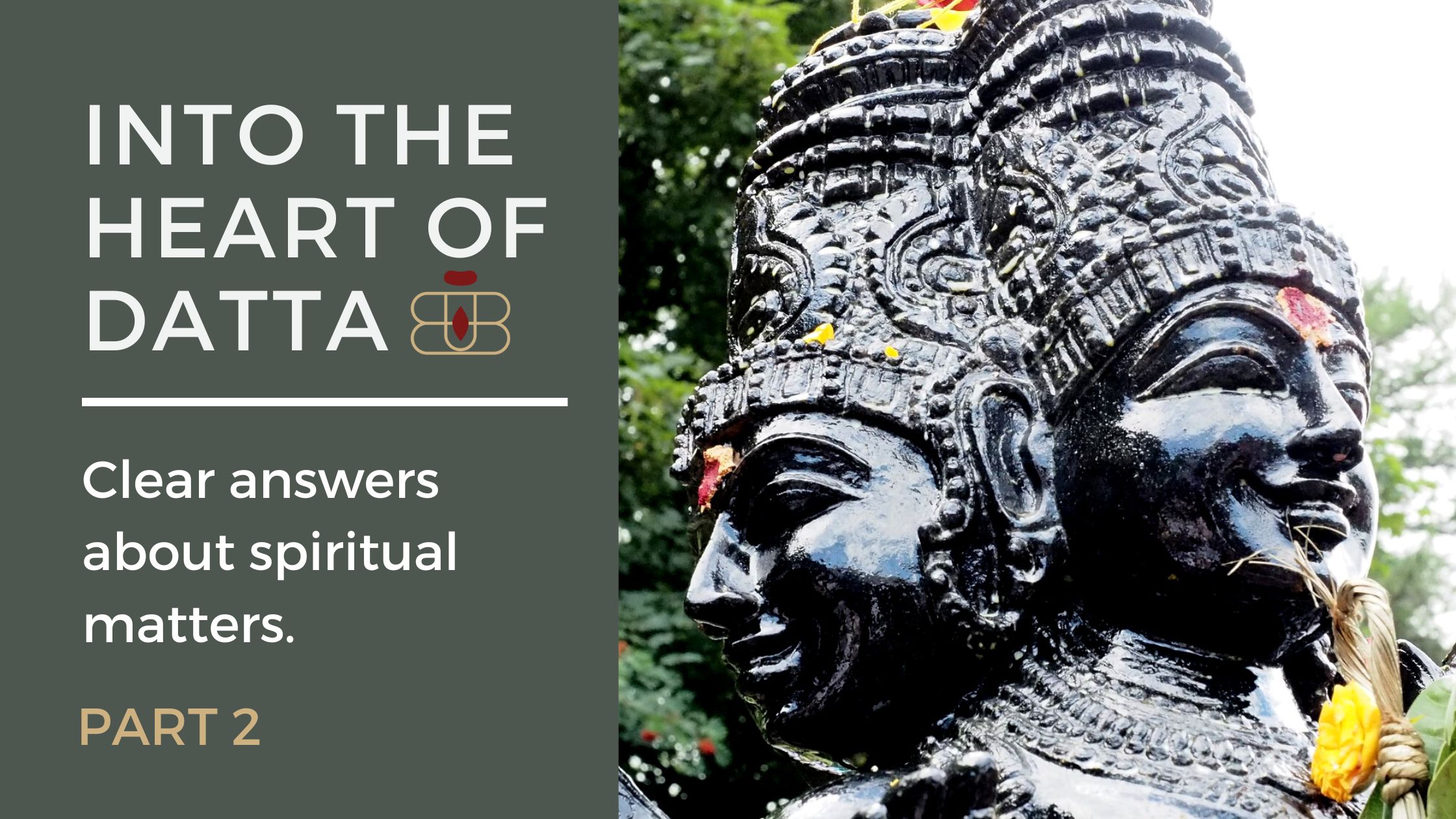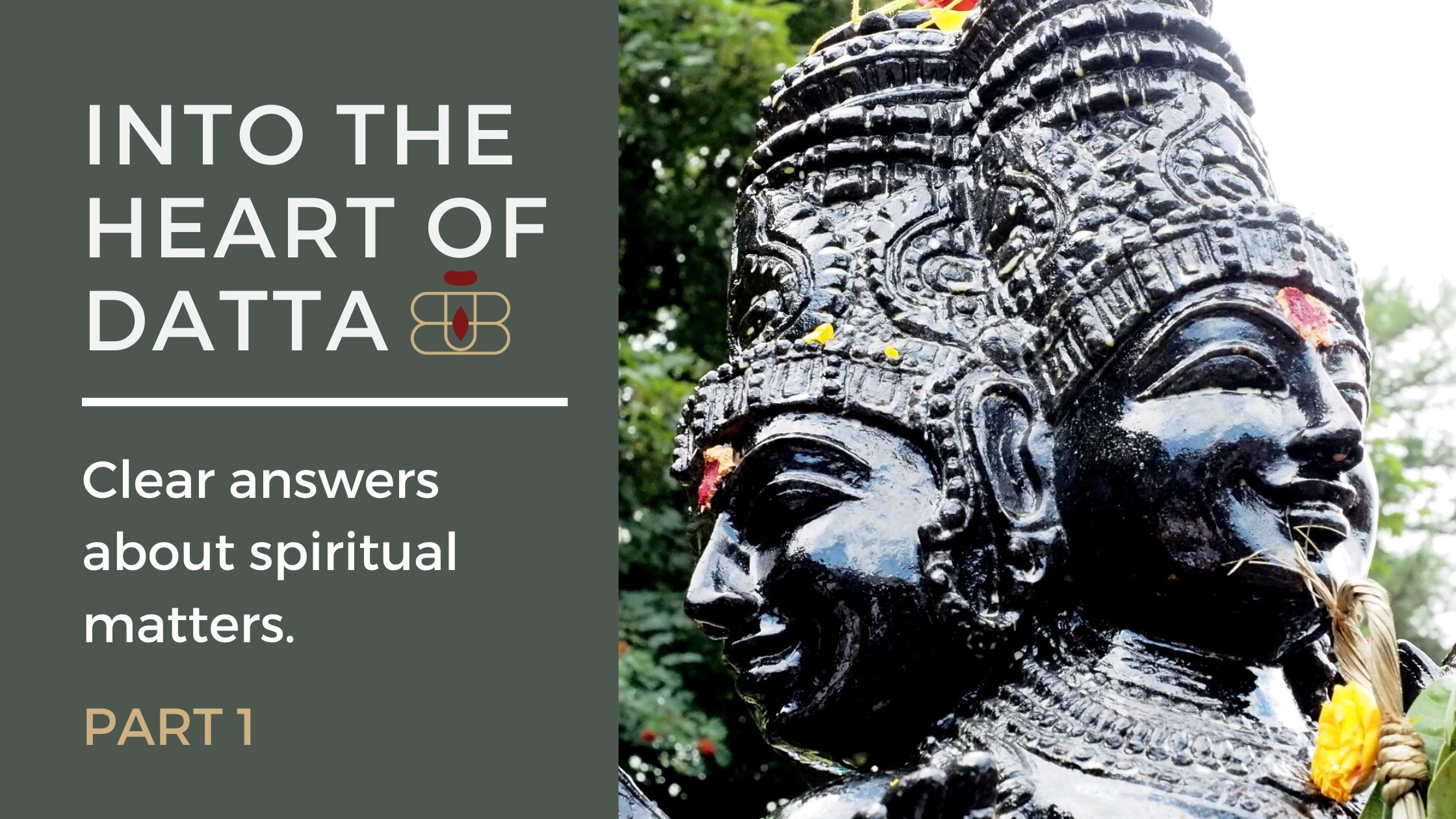Overview and Significance
Baba Balak Nath or Sidh Baba Balak Nath, also known as Paunahari or Dudhadhari is a Hindu deity worshipped in the northern Indian states of Punjab and Himachal Pradesh. Baba Balak Nath is believed to be a reincarnation of Lord Kartikeya, son of Lord Shiva and Goddess Parvati, born in Satya Yuga to annihilate demon Tarkasur. He is dear to Goddess Ganga and came into his earthly abode as the son of a Pandit Vishnu and Lakshmi, in Kathiawad Junagadh, Gujarat. Baba Balaknath is said to birth in every age (yuga); he is also known as the son of Shiva. He appeared as ‘Skanda’ or ‘Subramanya’ in Satya Yuga, as ‘Kaul’ in the Treta Yuga, and as ‘Mahakaul’ in the Dvapara Yuga.
Life History
The birth of Baba Balaknath as a ‘Siddha-Purusha’ is associated with the ‘Amar Katha’’ story of Lord Shiva. Once, when Lord Shiva was sharing the secret of Amar (the secret of immortality) with Goddess Parvati in the cave Amarnath, Goddess Parvati fell asleep. A baby parrot in the cave, listening to the entire story, made the sound ‘Hmm’ acknowledging agreement. Lord Shiva found Goddess Parvati sleeping when the story was finished, so he understood that the baby parrot had heard the story, which angered him, and he threw his trishul (trident) at the parrot. The baby parrot escaped to save his life, but the trishul followed him.
Fleeing away, the parrot passed the wife of Rishi Vyasa, who happened to yawn. The little parrot, seeking safe shelter, entered her mouth and stomach. The trishul had to stop, as it is adharma (a non-virtuous act), to kill a woman. When Lord Shiva found out, he came there, and Rishi Vyasa narrated what had happened. Rishi Vyasa told him to wait there; when the baby parrot would come out, he could kill him then. Lord Shiva stood there for a very long time, but the baby parrot did not appear.
As Lord Shiva stood there, the whole universe became disordered. Then, all the gods met with Sage Narada and requested him to convey to Lord Shiva that he needed to save the world. Narada came to Lord Shiva and prayed to him to let go of his anger as the child had already heard the Amar Katha and now had become immortal. Lord Shiva told the baby parrot to come out; in return, the baby parrot asked for a blessing. Lord Shiva accepted, and the baby parrot prayed that he would come out as a person, and any other child born simultaneously would be granted all knowledge and would also be immortal.
When Lord Shiva accepted this, a divine baby came out of the mouth of Rishi Vyasa. He prayed to Lord Shiva and received his blessings. This blessed baby was later called Shukadev Muni. The other babies who were born at that time became famous as respective members of the Nava Nathas and eighty-four Siddhas. One of them was Baba Balaknath; hence he is called Siddha Balaknath Babaji.
Siddha Baba Balaknath devoted three lifetimes to serve Lord Shiva. In the first birth, Baba Balaknath was born in a Brahmin family. His name was Jyoti; he lived for fifty-five years, after which he left for a heavenly abode. He was born into the Marmundo family in his second incarnation and was named Badri; he was devoted to Lord Shiva from childhood. Baba was compelled to marry at the age of forty-five years, but from birth, he had the intention to meet Lord Shiva, so Brahmacharya (celibacy) was his only path.
At the age of fifty-one, Baba Balaknath left the house. At seventy-one, sage Narada was ordered by Lord Shiva to guide Balaknath to reach him. Baba walked towards the foothills of Mount Kailash near Manasarovar and prayed to Mother Parvati, who occasionally came there for a bath. Sage Narada then guided Baba to follow Mother Parvati so he could meet Lord Shiva. Lord Shiva was pleased and blessed him to be a Paramsiddha in Kali Yuga, and that he would remain forever as a baalak (young lad) and age would not affect him.
Lord Shiva told Baba to remain in Shivpuri so he could give him mukti (liberation). But Baba decided not to have mukti and instead to have a third birth to achieve what he had not been able to in his second birth. Lord Shiva agreed to this third birth but added that Baba’s age would remain the same as the baalak (child) that came to Shivpuri. Lord Shiva also directed Sage Narada to give him guidance in the third birth. Narada guided Baba in his third birth to do japa or chanting of the mantras of Guru Dattatreya.
In the third birth, Baba was born in the family of Pandit Narain and Laxmi in Junagadh (Gujarat) and named Balak. Baba left home at the age of three and was known for his mischief. Sage Narada guided Baba to adopt the mantra ‘Jai Guru Dattatreya’ and when he was four years and eight months old, Guru Dattatreya took him as his disciple by sprinkling water on Baba. He took him under his care and gave him a place on his left side. Guru Dattatreya preached to him and directed him to go for char-dhaam yatra (pilgrimage to four holy places).
Baba stayed at Banwala on the banks of the Tangri River near Ambala City during his char dham yatra. A temple has now been built there. After that, he reached Shahtalai in Himachal Pradesh, India, and became the adopted son of Mata Ratno and reared her cows. He started a dhuni or sacred fire near a banyan tree and sat in samadhi at Garuna Jhari. After two years and five months of tapas (penance) in Shah Talai, Baba Balaknath’s fame spread far and wide.
Baba Balaknath had some karmic debt from a previous birth owing to Ratno Mai and therefore decided to stay with her and take care of her cows. He told Ratno Mai that he would be taking care of her cows, and at the same time, would continue his penance. He asked her to bring him daily ‘roti’ (round flatbread) and lassi (a yogurt drink) for food. Before accepting this commitment, Baba put forth one condition: he would work for her only as long as she remained satisfied by his work. Every day he would sit under the banyan tree, watching over her cows and doing his yogic practices. Ratno Mai brought him roti and lassi as promised, and in this way, twelve years passed.
Near the end of the twelfth year, complaints started coming from the village people that the cows were neglected by Baba and damaging their crops. Ratno Mai tried to appease the people herself, remembering her agreement with Baba, until the day came when the village head publicly scolded Ratno Mai for the severe damage of his crop by her cows. This time Ratno Mai lost her patience, and for the first time in twelve years, started to complain to Baba for his negligence. On hearing this, he took her and the village chief to the field they were complaining about. When they reached there, they saw to their surprise that the crops had miraculously recovered, with no damage at all. People of the village were very much astonished to see this miracle.
Ratno Mai then understood that it was Baba himself, who by his yogic powers had done this, and she apologised for her impudence but it was too late.
Baba Balaknath told her that destined events were happening in their own way, for their own reasons, and it was impossible to change them. He told her that he had not created any new debt because he had never eaten the roti and lassi she had brought him daily. Baba threw his fire tongs (chimta) at the trunk of the banyan tree under which he had been sitting during the past twelve years and told her, ‘Now take your roti, Mai.‘ When the fire tongs struck the tree trunk, a piece of wood broke off, revealing a heap of chapattis inside. Then he pushed his chimta (fire thongs) into the ground and told her, ‘And here is your lassi (buttermilk) Mai.’ Immediately, from that very spot, a spring of buttermilk sprung out, which soon became a pond of buttermilk. This pond can still be seen in Shah Talai, which is how the place got its name. Chaach Talai means ‘the pond of buttermilk,’ and later, the word ‘chaach’ became Shah. At the site where the legendary banyan tree was located, a hollow structure has been constructed called ‘land of penance under the hollow tree.’ Close to it is a temple with idols of Baba Balaknath, Guga Chauhan, and Nahar Singh. Devotees believe that the soil of that place is an effective medicine against foot disease of cattle.

Tradition and Gurus
According to legend, the worship tradition at Deot Sidh originated as follows. A Brahmin named ‘Banarasi’ from the nearby village Chakmoh, came near the cave of Baba Balaknath to graze his cows. When he met Baba, he complained that some of his cows were barren. The Natha yogis are famous for curing barren cows with the ash of their dhunis. Baba asked Brahmin Banarasi to show him his cows. When they reached the place where the cattle were grazing, surprisingly, they only saw a few lions and tigers. Banarasi was astonished to see these creatures instead of his cows. Baba Balaknath told him to call his cows. When Banarasi called them, the cows appeared in no time, and he realised that this was a miracle performed by Baba. After seeing this wonder, Banarasi became a close devotee of Baba Balaknath and continued to visit him. One day, Baba Balaknath told him that his time to withdraw from the earth had come near and asked him to continue the tradition of his dhuni and worship, the way he had started it. Banarasi followed these directions and maintained the practice.
The main sacred shrine dedicated to Baba Balaknath and the place of his penance, also known as the Baba Balaknath Siddh Peeth, is located at Shah Talai in the district Hamirpur of the Himachal Pradesh (state) India. The small city Shah Talai is situated in the lower part of a hill with the ‘Deot Siddh’ shrine at its peak, about six kilometers above it by road or about one kilometer by direct footpath. Both places form one complex, consecrated to the worship of Baba, and consist of different temples, scattered over different areas associated with various periods and events of his life. Most of those temples appear to have been built not very long ago, but their tradition speaks of older origin. Today, this place is a famous pilgrimage site and visited throughout the year by thousands of pilgrims from the Himachal State and other parts of India.
Deot Sidh (Siddha) is found in a natural cave at the top of the hill. Inside the cave is a statue of Baba, seated in padmasana, and using the yogic stand (adhaari) as support for his hands. In older times, the use of this kind of staff for supporting the body was widely prevalent amongst the Natha Yogis, and in India, this tradition was associated with the Nath Panth. About the origin of Deot Sidh, local legend says that the light of deot (which is the local spelling of the Hindi word meaning Deepa or oil lamp), once lit by Baba, was extraordinarily bright and could be seen in all distant villages around. Because of this phenomenon, people started calling Baba ‘Baba Deot Sidh.’ Later the place became famous under this name.
Baba Balaknath is worshiped by the offering of roti prasad (made with wheat flour, clarified butter, and jaggery). The food is first offered to the deity and then distributed amongst worshipers. The name ‘roti prasad’ is associated with the Nath Panth and Guru Gorakshanath. As prepared by the Natha Yogis, the original roti prasad includes many expensive ingredients, and the process of its preparation consumes a lot of time and energy. Because of this, numerous Natha yogis in remote ashrams who do not have that many resources sometimes prepare it in a simplified way. Probably this tradition was started by Baba Balaknath himself and is still maintained in its original form, handed down from his time.
Worshippers strongly believe that Baba Balaknath is still present around this place in invisible form. By visiting his shrine, his blessings are obtained, and the desires of worshipers become fulfilled. After Baba Balaknath departed, the shrine was managed by local priests but now has been taken over and is managed by the Government of the Himachal State (Siddha Baba Balaknath Temple Trust). The trust conducts numerous religious activities and maintains the premises of the place.

Miracles
Balaknath and Gorakshanath
Balaknath’s relationship with the Nath yogis in general, and Guru Gorakshanath in particular, is not easy to understand. He was likely a yogi of the Natha Sampradaya, but at the same time, from the various legends about him, it appears that he tried to establish himself as somewhat apart from it.
Balaknath is a common name among Natha Yogis, even today, and is usually given to those who became a yogi while still very young (Baalak means young boy). At present, within the Natha Sampradaya, there are still a few yogis with the same name. It is difficult to say whether Baba Balaknath was a disciple of the Guru Goraksh Nath or not. Still, all legends unanimously agree that they met and even had magical powers contests between them.
As per one legend, Guru Gorakshanath and his 300 disciples came to Baba Balaknath at Shah Talai. First, he asked Baba to provide all of them with a place to sit. In response to that, Baba put his towel on the ground, and it began to expand to a size big enough to accommodate all 300 disciples of Guru Gorakshanath. After all of them took their seats, a big part of the towel remained unoccupied. Then Guru Gorakshanath asked Baba to bring some water from a nearby mountain pond they had passed. When Baba went to the pond and tried to fill a bowl with water, he realised that Gorakshanath had exercised his magic over the pond. Water poured into the bowl would disappear. He then understood that Gorakshanath was trying to humiliate him with this miracle. In response, Baba Balaknath made the pond disappear, and when he returned, he told Gorakshanath that he could not bring any water because there was no pond. Gorakshanath, who had seen the pond on the way there, did not believe him and sent his disciple Bhartrihari to investigate the matter.
Baba Balaknath accompanied Bhartrihari, who had also seen the pond before. When he came there a second time, he was astonished to see that the pond had disappeared. Baba Balaknath explained that his guru Gorakshanath was a haughty person who wanted to increase his fame. Bhartrihari’s eyes opened up, and he decided to abandon the company of Gorakshanath and stay with Baba Balaknath.
When Baba Balaknath returned without water and Bhartrihari, Gorakshanath sent Bhaironath to bring Bhartrihari back, along with water. Bhaironath also could not find the pond, nor Bhartrihari, and likewise came back empty-handed. After Gorakshanath realised that water was unavailable, he asked Baba to serve milk to all of them. Baba called a non-milking, barren cow and started milking her. The cow gave enough milk to satisfy everyone. After all the yogis had enough, there was still a lot of milk left in the bowl of Baba Balaknath. Gorakshanath threw his seat made of tiger skin to the sky and asked Baba to bring it back to the ground. Baba then threw his chimata (fire tongs) towards it, and the tiger skin was ripped apart into small pieces, dropping to the ground. After this, Baba Balaknath asked Guru Gorakshanath to bring his fire tongs back to earth. Gorakshanath asked Bhaironath to do it, but he was unable to accomplish this.
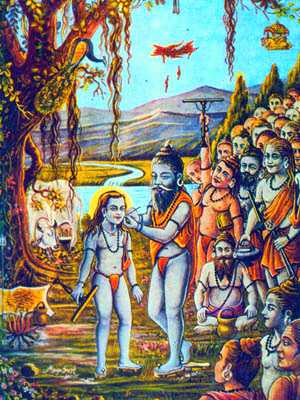
There is also another version of a Nath legend circulating among the Natha Yogis. When Guru Gorakshanath had met Baba Balaknath, he wanted to split his ears and insert earrings (kundalas) into them. Baba Balaknath flew into the air to avoid this, trying to escape, but Guru Gorakshanath extended his hand extraordinarily long to catch him and dragged him back. When Gorakshanath continued to persist in his intentions, Baba Balaknath repeatedly protested and told him that he would let the lobes of his ears only be split by Lord Shiva himself. At that point, Guru Gorakshanath granted his desire and, after blessing him, left him alone.
Per local legend, Gorakshanath thought it could be helpful for the Nath Sect to get such a distinguished yogi admitted. Baba Balaknath, however, was not willing to do either of these. A contest took place between both yogis, resulting in Balaknath finally succeeding in his intentions. There are two different versions of the legend about this contest, one which is circulated as a spoken tradition around the temple, and another amongst the Natha Yogis. The first shows Gorakshanath as being defeated by Baba Balaknath, and the second one as victorious, but allowing Balaknath to remain himself without splitting his ears.
Baba Balaknath is also considered as an incarnation of Lord Karthikeya, son of Lord Shiva and Parvathi. Like Karthikeya, Baba Balaknath is often depicted with a peacock standing on a snake. The peacock is known as the natural enemy of snakes, and in some images of Karthikeya this bird is shown with a snake in its mouth. In addition, the peacock is associated with Bhagavan Krishna, who always carries its ‘eyed’ feather on the top of his head. Karthikeya is also known as Shakti-dhara, because he keeps a spear in his hand, symbolising his control over the personal Power (Shakti) of Shiva.

Contemporary Masters
Gorakshanath
Holy Sites and Pilgrimages
Bibliography
Shri Baba Balak Jeevan Charitaya – published in 2001, Jaspal Bhatti (Author), V.J. Lakhani (Author)

